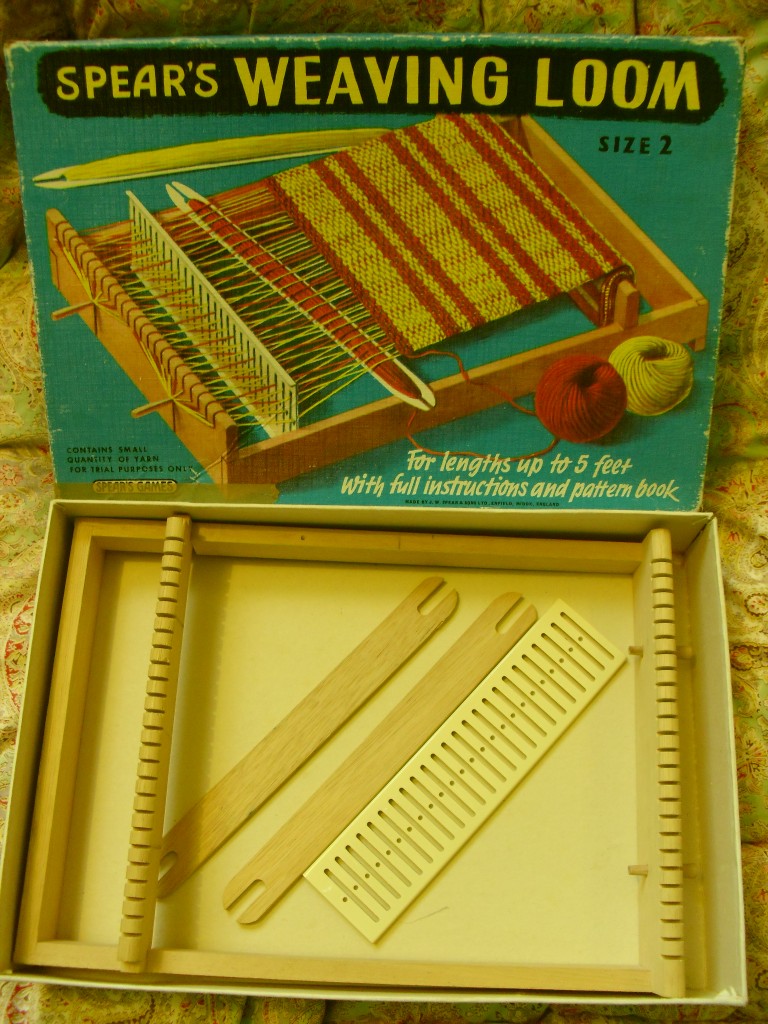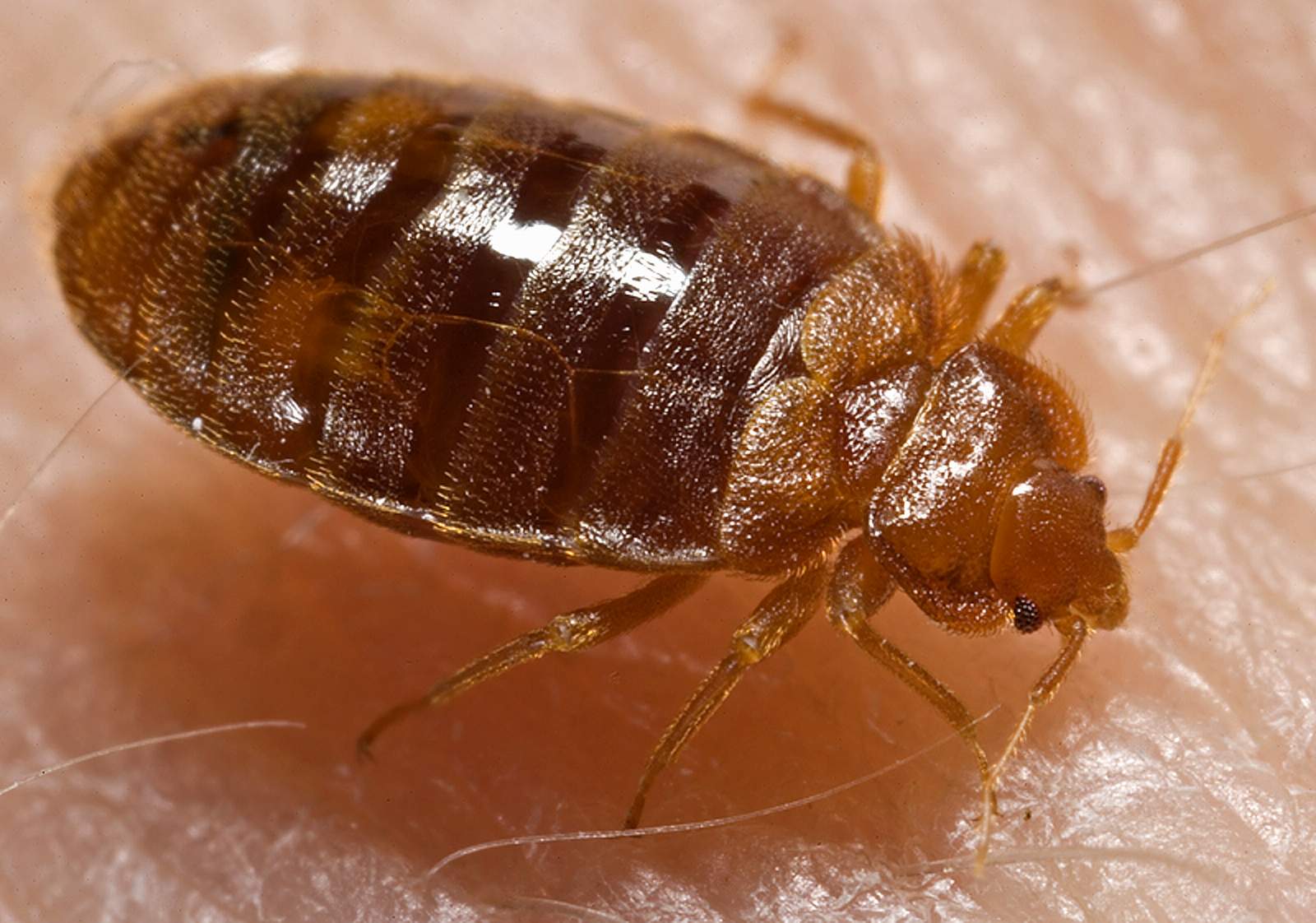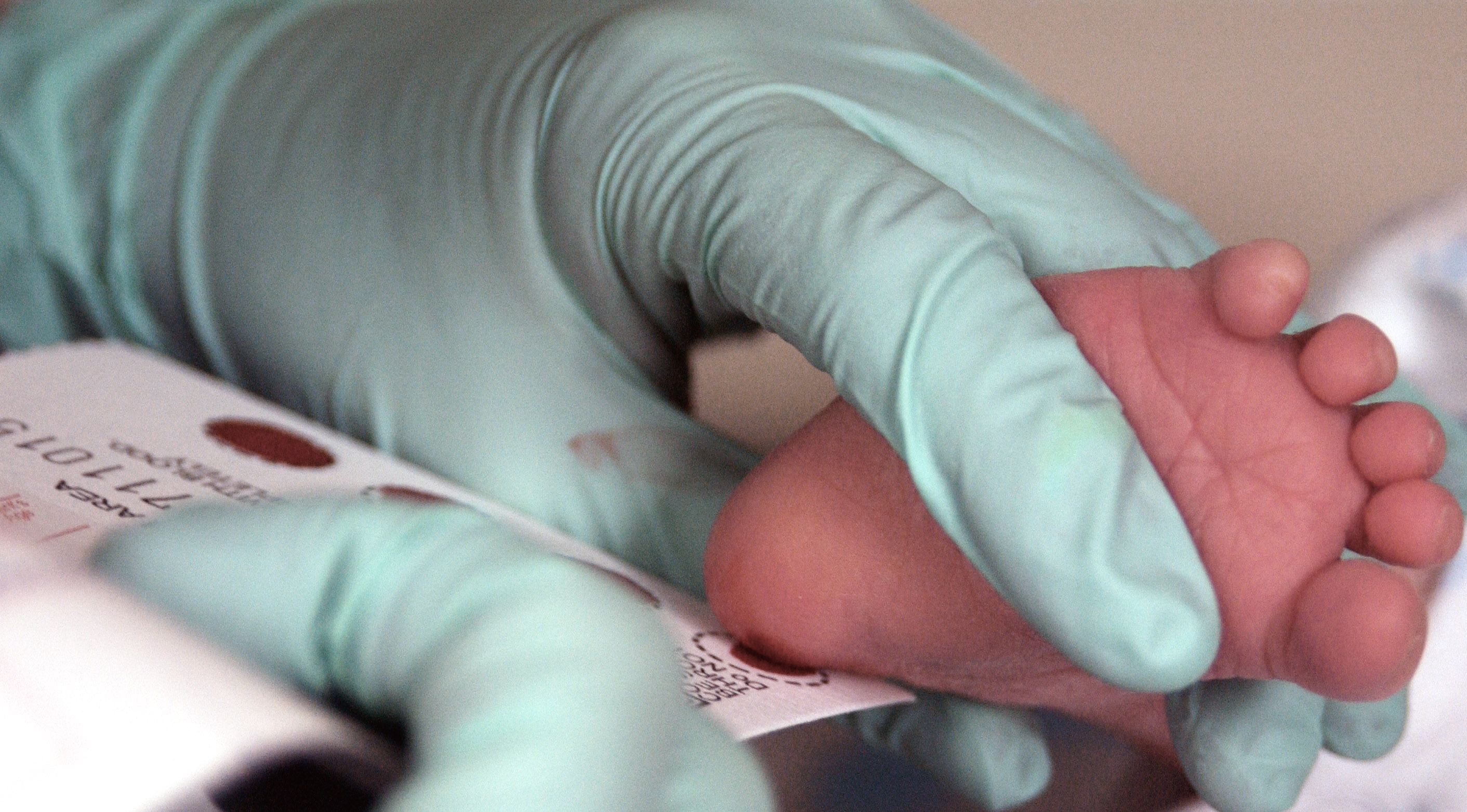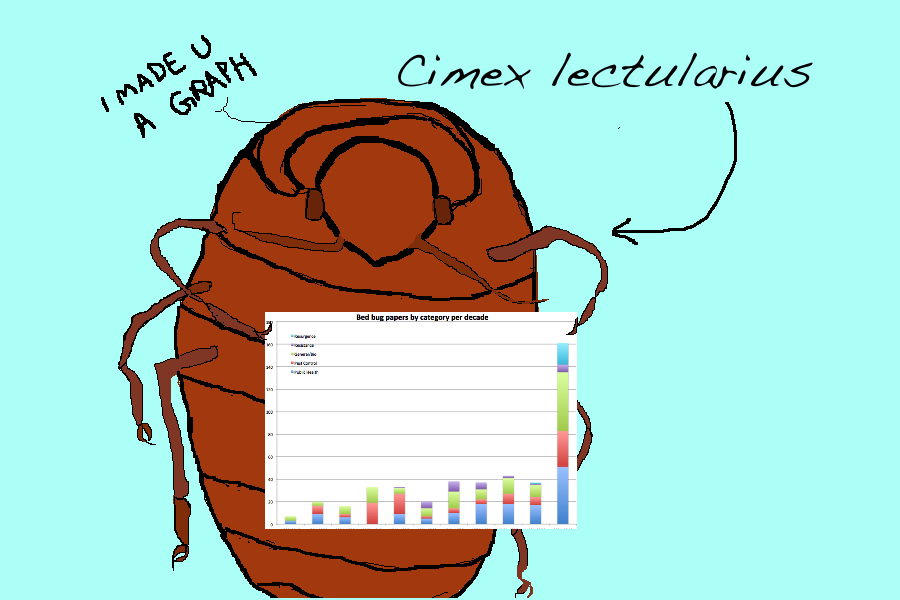 The first commercial object I remember coveting – and receiving – was a Spears toy hand loom. I must have been about eight. My family was not one in which children made wish lists for Christmas, let alone by brand name, but my friend Kathryn had this thing and I needed one. I was actually kind of amazed when my father agreed and produced it.
The first commercial object I remember coveting – and receiving – was a Spears toy hand loom. I must have been about eight. My family was not one in which children made wish lists for Christmas, let alone by brand name, but my friend Kathryn had this thing and I needed one. I was actually kind of amazed when my father agreed and produced it.
There’s a beauteous mathematical truth in the way that alternating pinholes and slots could turn into a machine. Push down on the shaft, and the warp threads would cross like closing spikes on a venus fly trap. Send the shuttle through, and let the shaft spring back up. In three seconds I had done the same work as if I had threaded a needle and painstakingly run the obstacle course, up and down, across forty-odd woolen strings.
The elegance was very appealing, to a mind that was just learning to think about dividing things in half. Continue reading






